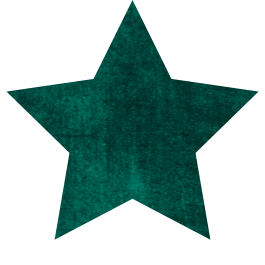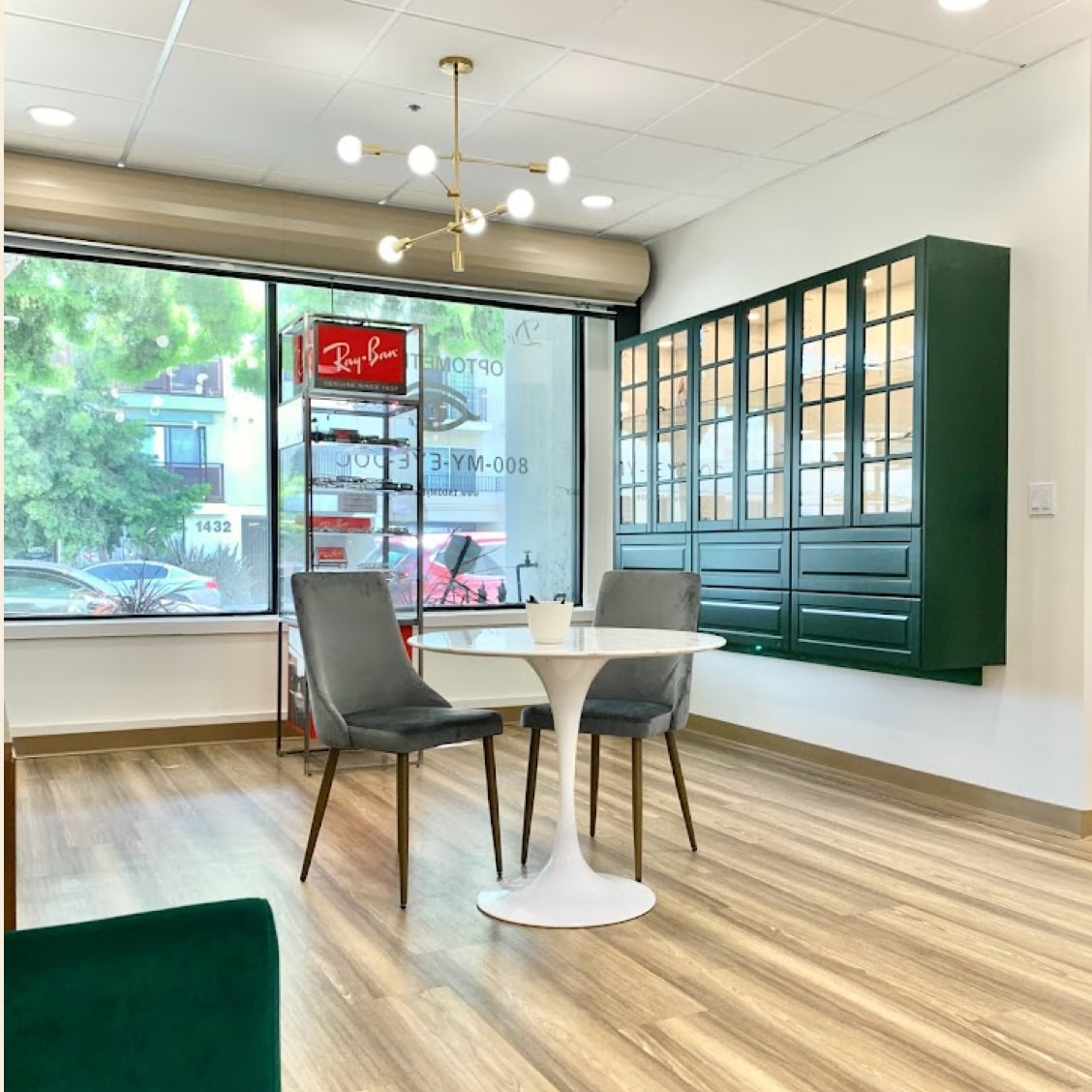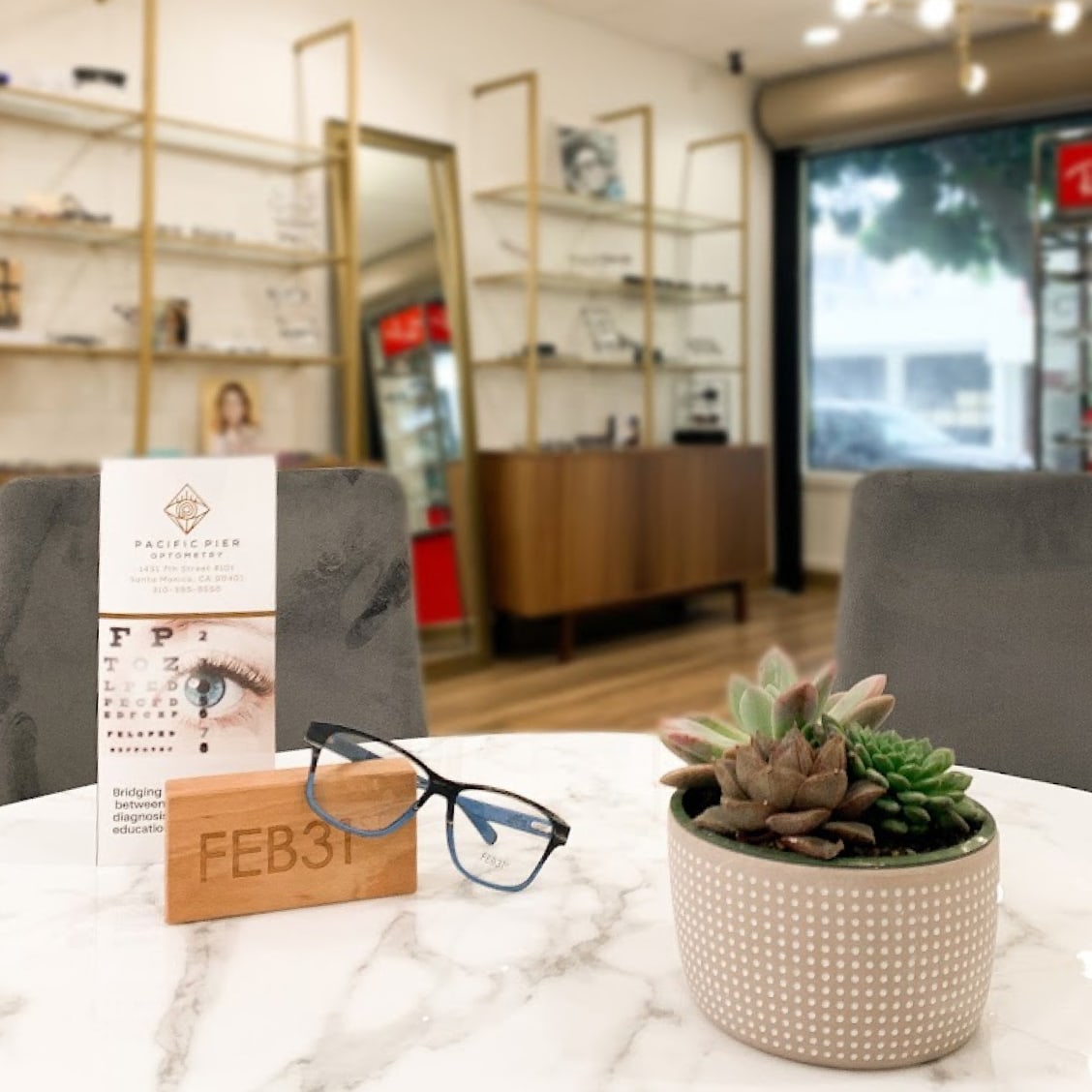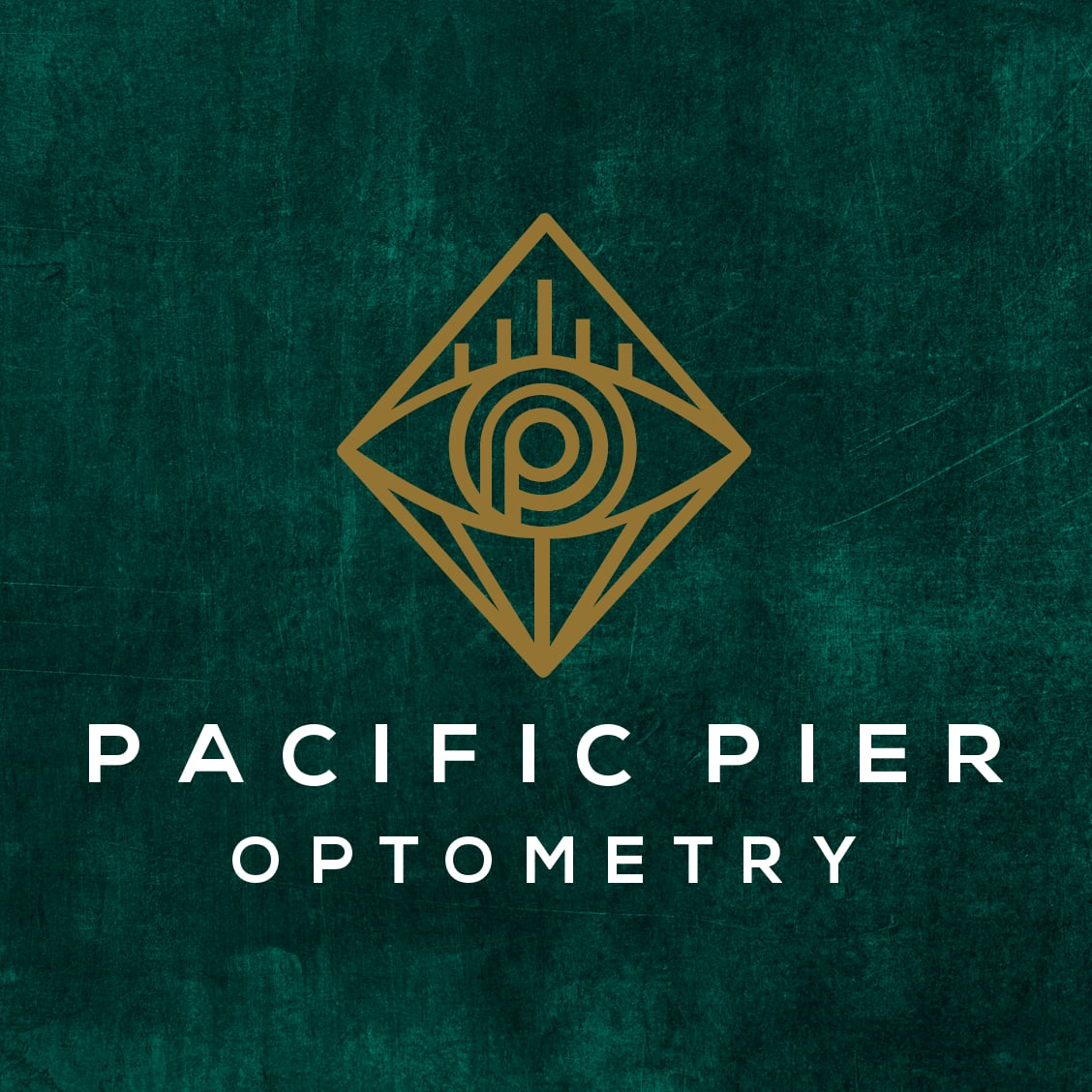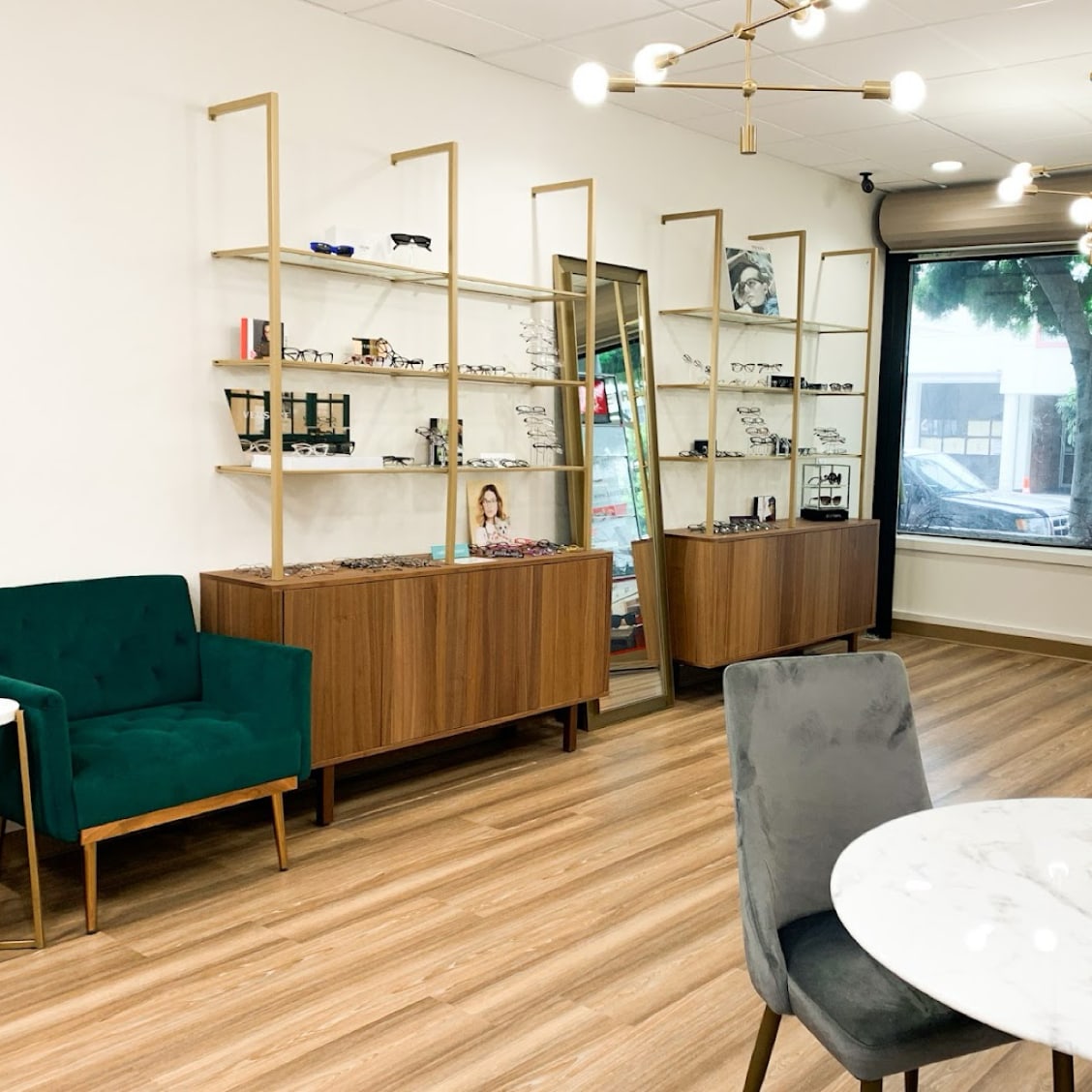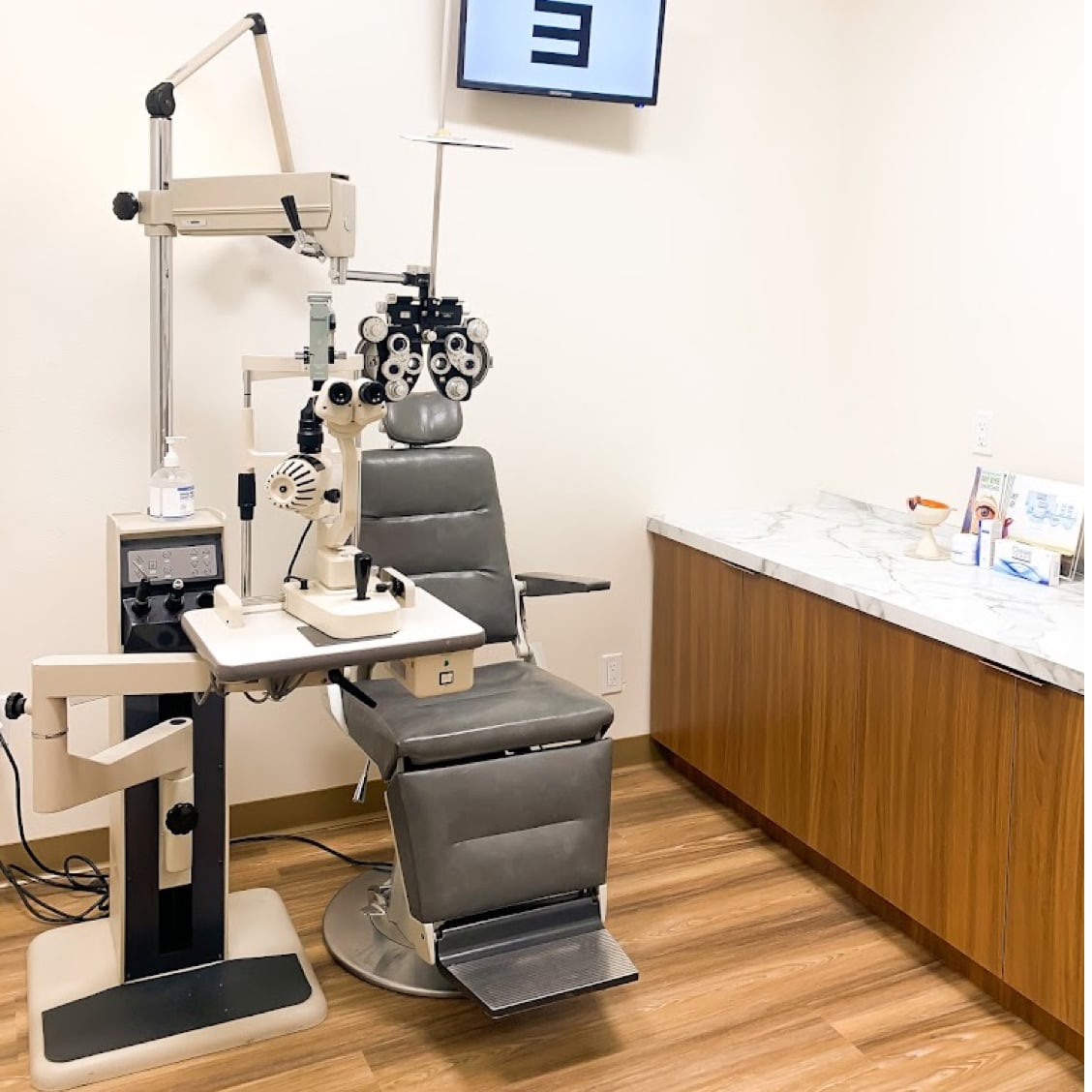A Clearer Future Starts Now
Myopia (nearsightedness) is a common vision condition where objects up close are clear, but things far away look blurry. It happens when the eye grows too long, which affects how light focuses on the retina (the back of the eye). Myopia usually starts in childhood and often gets worse as kids grow.
Early treatment can make a big difference. Slowing the progression helps protect your child’s vision now and reduces their risk of eye health issues later in life.
Our team offers modern treatments for myopia control in a space that feels supportive and relaxed because your family deserves nothing less.
Schedule an eye exam today.
Request Appointment
Vision & Learning
There’s a strong link between healthy vision and learning. Kids rely on their eyesight to read, write, focus, and process what they see. If your child can’t see the board clearly or tires easily while reading, it could affect their school performance—and even their confidence.
Myopia control can support better learning outcomes by helping your child see clearly and comfortably, while minimizing the need for frequent prescription updates.
The Importance of Myopia Control
Myopia control is designed to slow down the progression of myopia (nearsightedness). While glasses or contact lenses can help kids see clearly, they don’t stop myopia from worsening.
As your child’s prescription increases, so do the long-term risks to eye health. Kids with high myopia are more likely to develop serious eye conditions later in life.
That’s why early treatment matters. Slowing myopia progression during childhood gives the eyes a better chance of staying healthy as they age. Myopia control can also improve your child’s day-to-day experience—less squinting and more confidence at school, on the field, and beyond.
Our Myopia Control Methods
We don’t believe in one-size-fits-all solutions—especially when it comes to your child’s eyes. We offer a range of treatments tailored to your child’s needs and lifestyle. In some cases, a combination of methods works best. We’ll walk you through it all during your child’s next eye exam.
Here’s what we offer at Pacific Pier Optometry:
Low-dose atropine eye drops are used at bedtime and have been shown to slow the progression of myopia in children. They temporarily paralyze and relax the focusing muscle inside the eye, which slows the elongation of the eye and the progression of myopia.
These drops don’t significantly change your child’s vision during the day, so they’ll still need glasses or contact lenses to see clearly. As a nightly therapy, atropine can be incredibly effective with few side effects.
These glasses aren’t your standard glasses. They’re specially designed with multiple lens zones that help reduce the signals that tell the eye to keep growing.
Myopia control glasses can correct vision while actively working in the background to slow progression. Since they look and feel like regular glasses, the transition is often seamless for children.
This option is beneficial when used in combination with other therapies, like atropine drops.
MiSight 1 day lenses are FDA-approved specifically for myopia control in children. These soft, disposable lenses are designed to correct vision and help slow the eye’s growth.
Because they’re worn during the day and thrown away at night, they’re super convenient—no cleaning or storing required. Kids can comfortably wear them at school, during sports, and throughout daily activities.
Multifocal soft lenses feature different focusing zones, allowing the eyes to focus clearly at all distances. These lenses subtly influence how light enters the eye, helping to reduce the stimulus for eye growth.
They’re soft and familiar for those who’ve worn contacts before, and they provide clear, comfortable vision throughout the day.

Helping Your Child Manage Myopia
The sooner we start myopia control, the more we can do to preserve your child’s vision long-term. Our team is here to answer all your questions, walk you through your options, and create a plan that feels right for your family.
We’ll keep your child’s growing eyes on track. Book a myopia control consultation with Pacific Pier Optometry today.
Request Appointment
Why Choose Pacific Pier Optometry?
Quality, personalized eye care with a fun, approachable team. Here’s why so many choose us:
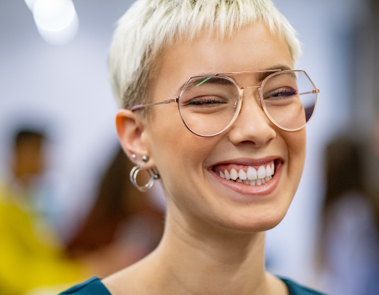
Carefully Selected Eyewear
We believe your eyewear should be as unique as you are! Our eyewear collection features an intimate selection of quality frames that fit every aesthetic. Whether you’re looking for a bold statement piece or a classic everyday look, we can help you find the perfect pair that complements your style.

Passion & Reliability
Our team is not only knowledgeable, but also passionate about eye health! We pride ourselves on creating a friendly and approachable atmosphere. We understand that eye care can sometimes feel overwhelming, so we’re here to make it relatable and enjoyable for our patients. Your comfort and understanding are our top priorities.

Eye Care with a Personal Touch
Experience eye care that combines technology with a team you’ll feel relaxed with. We strive to make every visit feel like a personal experience, rather than a medical appointment. Our team is about making it easy for you to understand your eye health and our services. From your first appointment to your frame selection, we’re here for you.
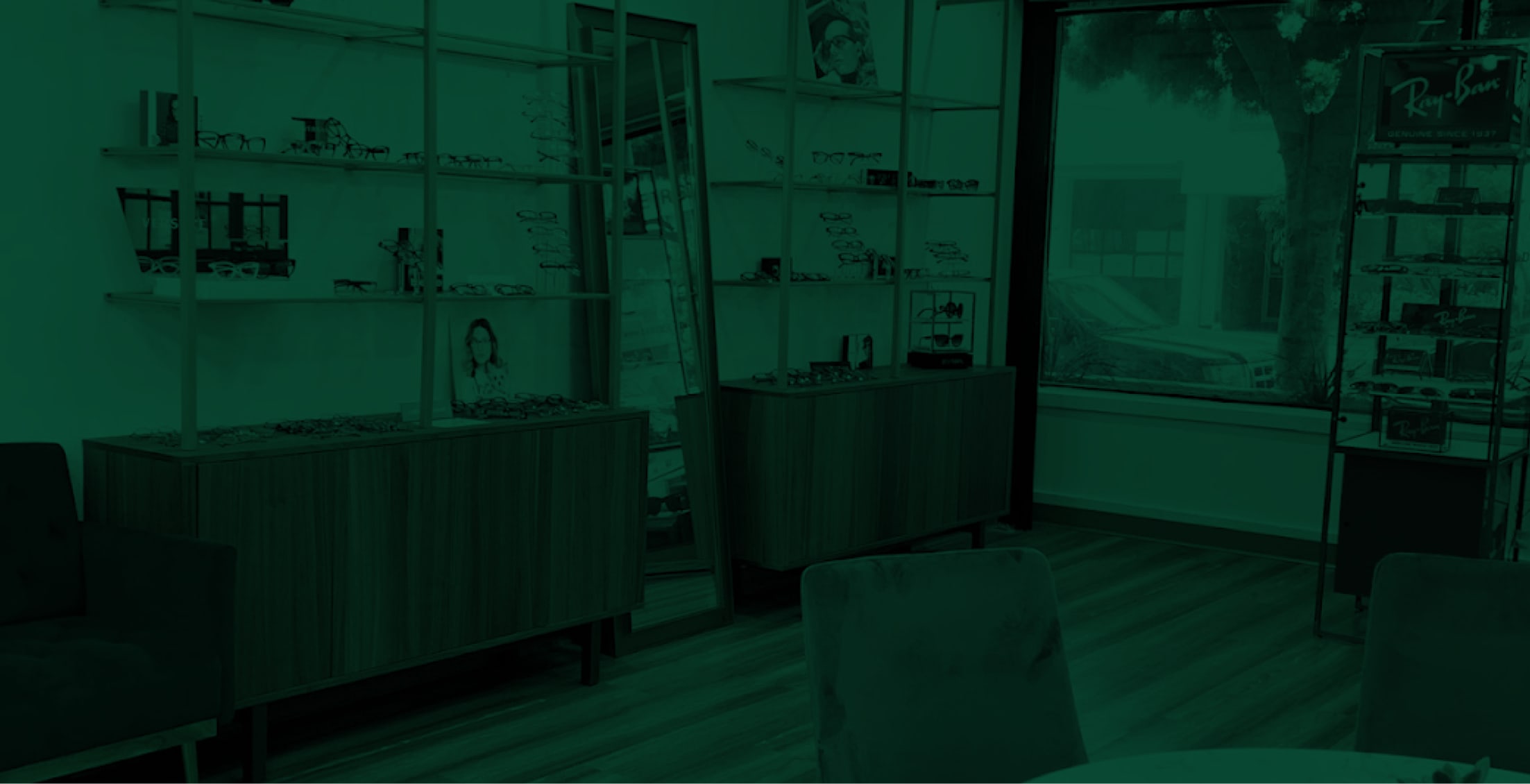
Find Us in Santa Monica
Come Visit Us
We’re just a stone’s throw from the beach and vibrant local shops—we’re easy to access and aim to provide a relaxing space where you can focus on your eye health.
Where to Park?
Convenient street parking is available nearby for easy access.
Our Address
- 1431 7th St Ste 101
- Santa Monica, CA 90401
Get in Touch
- Phone: 310-395-5550
- Email: pacificpieroptometry@gmail.com
When We’re Open
*Closed 12PM – 1 PM for Lunch
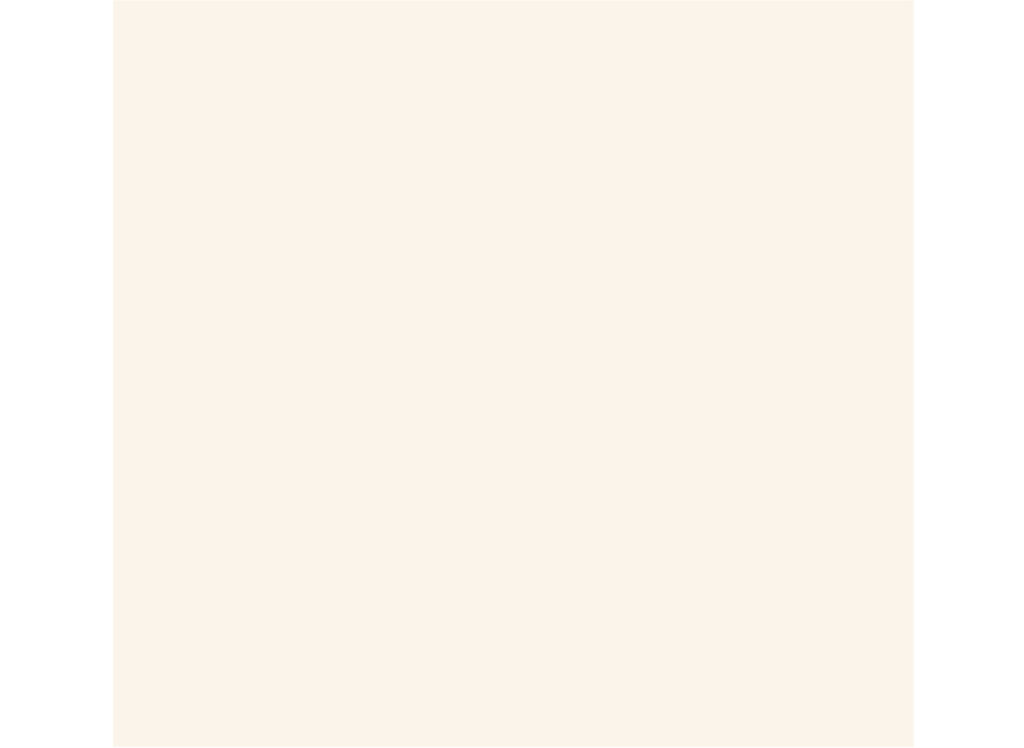
Find What You’re Looking for!


Eyewear, Tailored For You

Eyewear, Tailored For You
What The Community is Saying
